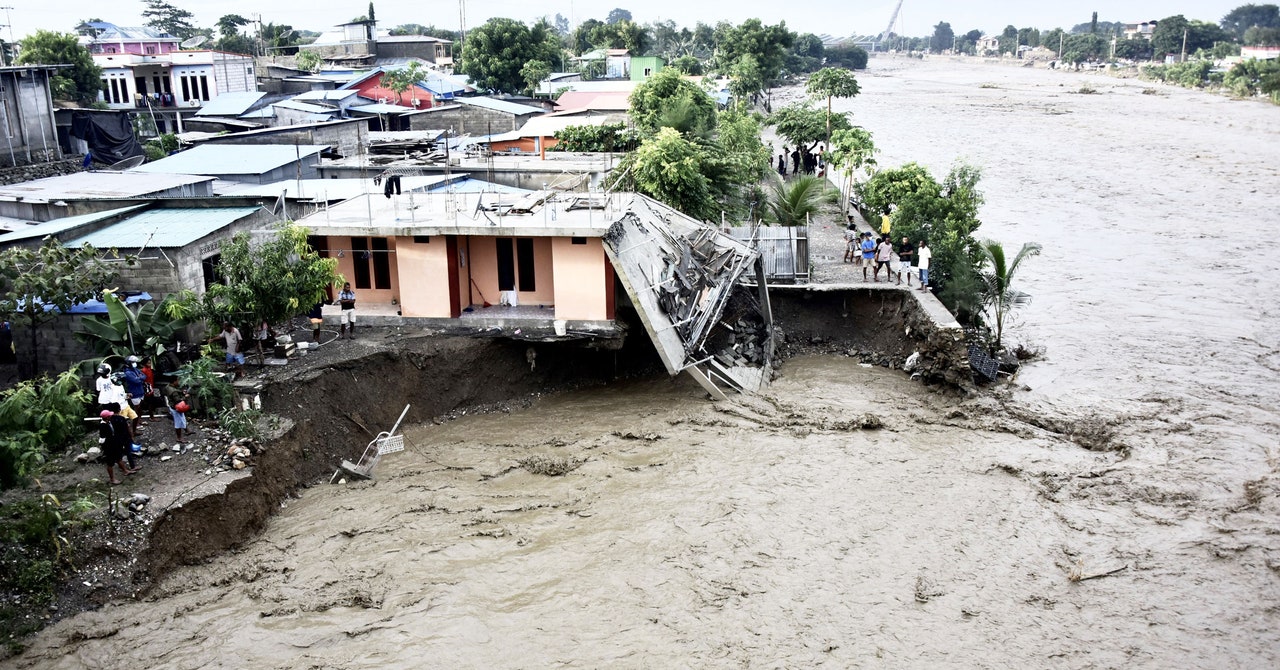
In April 2021, the Southeast Asian island nation of Timor-Leste was hit by the worst floods in its recent history. Induced by a tropical cyclone, the floods affected over 30,000 households and killed 34 people.
Such events are becoming a sadly familiar story around the world, with climate-related disasters on the rise. But in Timor-Leste, a new climate adaptation project could help to lower this risk. The plan focuses on building an early warning system in the country, alerting people in advance if a similar extreme weather event was to happen in the future. It could make all the difference—allowing people to safeguard themselves and their assets.
Such systems are increasingly considered a key measure to adapt to climate change. “We’re already locked into intensifying climate impacts for the next decades or longer,” says Stefanie Tye, a climate resilience expert at the World Resources Institute. “So it’s just part of the reality now that we need these systems in place to protect people and ecosystems.”
Early warning systems can alert local communities on things like approaching hurricanes, cyclones, or landslides due to extreme rainfall, where getting ahead of incidents by even a few hours can make all the difference, says Tye. They can also provide knowledge of slower onset events, such as an upcoming drought several months away. “You use the system to inform people who will be impacted by these events, so that they can take the proper measures to prepare.”
In Bangladesh, for example, a country well known both for its climate vulnerability and its sophisticated use of such systems, cyclone warnings have significantly decreased the number of fatalities over the past two decades.
They are also efficient, according to a 2019 report from the Global Commission on Adaptation, with their benefits vastly outweighing cost. Just 24 hours’ warning of a coming storm or heat wave can cut damage to people and property by 30 percent, the report found.
There are several aspects to making these systems work. A key one is ensuring accurate observation data in order to produce accurate and timely warnings, says Jochem Zoetelief, head of the climate services and capacity building unit at the UN Environment Programme (UNEP), which is running the project in Timor-Leste. “People need to have confidence in the forecasts and in the warnings, because if they are not accurate, and that happens too often, you’ll lose people.” Early warning system projects will therefore often install equipment such as automatic weather stations and radar systems, and strengthen the country’s hydrometeorological services.
But another crucial part is ensuring the resulting information will actually reach people most likely to be affected. Indeed, there’s no point in sending out an email alert if no one has the internet. Tropical cyclones can also wipe out communication infrastructure, so backups may be needed even if people have mobile phones. Each project therefore has to look into the local context to decide on the best ways of spreading the information, which could be anything from SMS alerts or radio broadcasts to a person making an announcement with a megaphone in the middle of a village.


